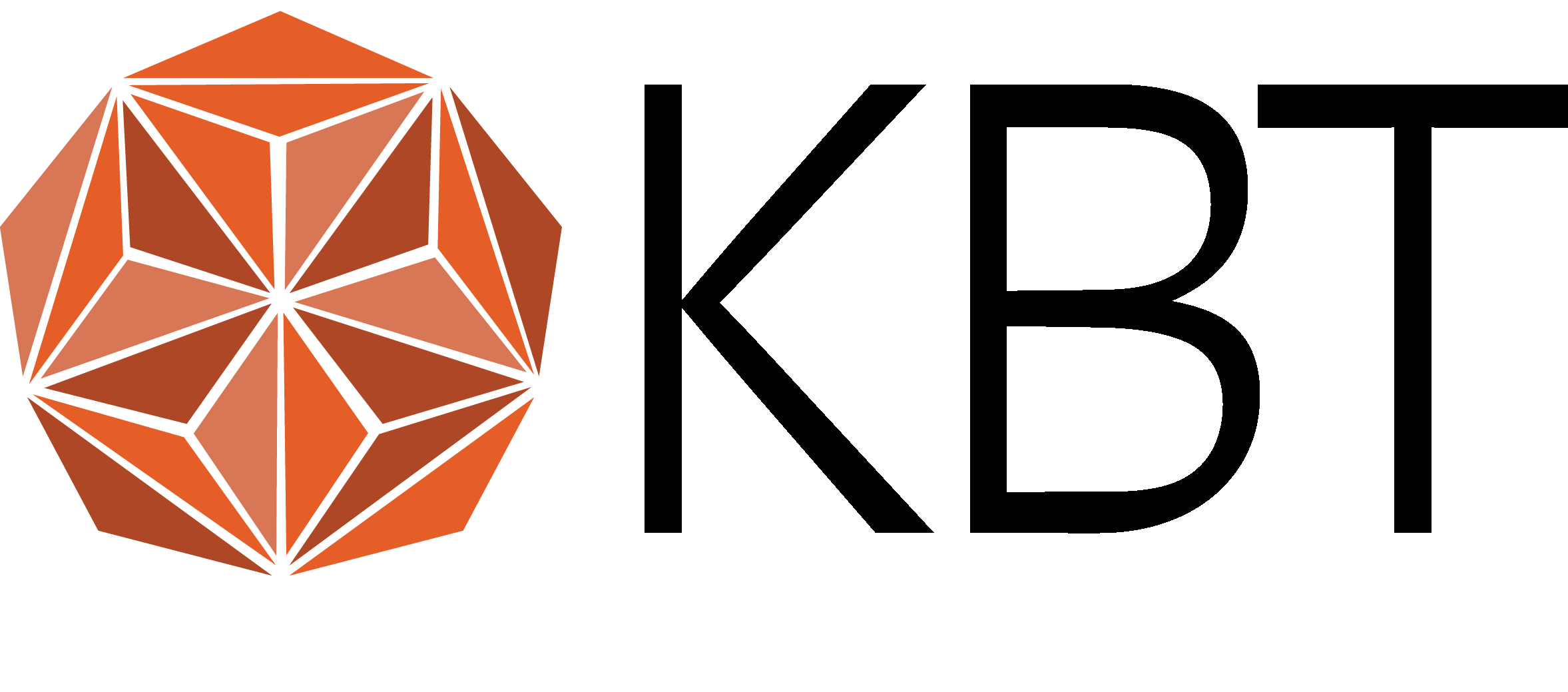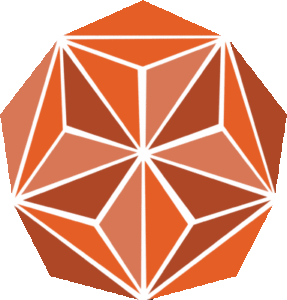User involvement for young people in practice

Text by Anne Plathe
How does user involvement happen in practice?
One of the models that has had a lot of influence on this topic was developed by Hart in 1992, and has the name “Ladder of children’s participation”. This model is reflected in Theoretical perspectives of youth participation- a literary review (Teoretiske perspektiver i synet på ungdoms medvirkning – en litteraturgjennomgang)
- Manipulation- Children are used to argue a case in order to promote the purpose of adults or are consulted without feedback.
- Decoration- Children mark a case but play no role in the case itself.
- Tokenism- Symbolic involvement in which children have no influence.
- Assigned but informed – Adults have defined and designed, but children are invited and informed.
- Consulted and informed – Children are included in advance, informed and consulted, and their perceptions are taken seriously.
- Adult-initiated, shared decisions with children – Adults initiate, but both children and adults are responsible for making decisions.
- Child-initiated and directed – Children initiate and implement.
- Child-initiated, share decisions with adults.
The first three steps don’t count as involvement. It is emphasized that step number eight is not always necessary. It depends on the project and the fact that participation must take place in the way that is best suited for children/young people. The model’s purpose is to show different forms of participation. It can be a useful tool when working with user involvement.
Participatory Action Research (PAR)
Another widely used method in research projects is Participatory Action Research (PAR). This means people in the local community or an organization, i.e. persons in/near the target group, conduct research with educated researchers. The method aims at researching with and not on, and is thus very practical.
The goal of PAR is to
- counteract power differences and increase the power of the marginalized groups
- empowering people to take an active role in engaging in community improvements
- capturing issues and strategies relevant to the target group
The Spaces and Places Project
The Spaces and Places project in Canada has been carried out by this method. Researchers, service providers and youngsters of the Mi’kmaq indigenous people in Nova Scotia got together to explore how young people experience the local community and how it affects their health and well-being.
In the article In This Together: Relational Accountability and Meaningful Research and Dissemination With Youth (2017), the young project team members discuss their participation and important factors that made the project successful. They draw attention to the importance of spending time getting to know each other, each other’s culture and agenda so that they entered the project with shared understanding and unity about what they should look at, why and how.
It was important and personally enriching for the youngsters to take responsibility for the project, and it was important that training, adaption and changes were made along the way. The researchers emphasize it’s important to consider the youth’s knowledge as being of equal importance to the professional, and to meet the young people on their premises (e.g. venues, time, strategies).
Also it was important to include the youngsters throughout the project so they had a great deal of influence and control regarding design, research questions and methods from the beginning, and how the dissemination of findings, recommendations and experiences should take place.
My Voice Matters
The KBT project “My Voice Matters” focused, among other things, on children and adolescents` experiences with user involvement on individual level. The youth says that a well established relationship with therapists, room for feedback and that their meaning is taken seriously are important elements to succeed with user involvement.
Crucial prerequisites are sufficient information and for health professionals to explain why they think and act the way they do. The youth emphasize that health professionals must directly ask for their opinions and wishes, and that their opinions gets real impact on the health service.
Youth experiences with participation in child welfare
Similar experiences and findings are described by Paulsen in Youth experiences with participation in child welfare (Ungdommers erfaringer med medvirkning i barnevernet),. She have conducted interviews with youth in the ages of 16-26 years, with focus on their experience with participation in child welfare and factors that affect the degree of participation.
The youth told that important prerequisites were good information and being involved in meetings, but first of all a well established relation was crucial for the desire to participate and the degree of influence on decisions. Employees that listens, recognizes, guide them though decisions and not automatically assume the best for them, made it easier to tell their meanings out loud and trust that these are affecting decision-making.
Many of them told that they often ended up with not sharing their thoughts or not showing up at meetings because they were not listened to and taken seriously. An important conclusuon is that the degree of participation is affected by the number of meeting points between youth and employees, and that continuity increases the opportunities of participation.
What does children think is important?
In 2000, Nigel Thomas conducted a study among children under the care of child welfare regarding how they viewed their own participation. The children were asked to rank important factors affecting their participation on a scale from 1 to 9, 1 being most important. The results were as following:
- Being listened to
- To say his/her own meaning
- Getting support
- Getting to know what is happening
- Multiple choices
- Time to think about things
- No pressure from adults
- Adults making good decisions
- Getting what they want
A measure for more service user involvement at system level are
- service user council/committee/panel
- a gathering of people with personal service user experience or representatives for service users that are given an advisory function to a health authority
- departments in health services
- planning or working groups in municipalities/counties or supervisory agencies.
Political level
At a political level, the service user councils are involved before a political decision is made, in the forms of councils or committees who makes premises based on their experience in the field. Many counties, municipalities and health authorities have their own children/youth councils.
In particular, in the context of the Norwegian municipal and regional reform, the Government has emphasized youth councils as a relevant and important agency. In 2018 on their web page, they advocate that each municipality should discuss with the region`s youth about how to solve this in the best way possible. They point out the following criteria of success:
- Real influence – Inputs have real impact in the municipality, and one has the opportunity to bring forward new initiatives.
- Contact person in the municipality – Contributes to continuity in the council. Collecting relevant cases in the municipality and has the resources to be a intermediary between council and municipality.
- Clear mandate – The council`s rights, duties and opportunities are clear, and ensure anchorage and legitimacy.
- Anchoring and interest in rapporteurs and councilors – A political and administrative management who requests ideas and views with respect and acknowledgement.
Service user council for child welfare
Februrary 2018, Norway`s first service user council for child welfare were started, consisting of members of the service user organizations
- Association for Children in Child Welfare ( Landsforeningen for barnevernsbarn)
- The Change Factory (Forandringsfabrikken)
- Adults for Children (Voksne for barn)
- Children of Drug Addicts (Barn av rusmisbrukere)
- Mental Health Youth (Mental Helse Ungdom)
- Norwegian Immigrant Forum (Norsk innvandrerforum)
- The School Student Union of Norway (Elevorganisasjonen)
- Organization for Child Welfare Parents (Organisasjon for barnevernsforeldre)
They are going to promote the service user perspective in cases and processes, and contribute to children and parents being heard.
Study of the service user council
In 2015, Anders Bjørkås Knuten conducted a study of service user council in a Children and Adolescent`s Psychiatric Out-Patient Clinic in a large city in Norway (PDF). The study aimed to get a picture of how a service user council works in the light of influence from service user representatives to representatives from the service and the consequences affecting the service. Seven participants from the council were interviewed about their experiences.
The findings enhance several challenging areas. First of all, there were different experiences and competence among the representatives with this type of work. Something that clearly affected the degree of participation, influence, initiation of cases on the agenda and the outcome of impact on the service. There is therefore a need for more competence among both service user representatives and representatives from the service.
Solutions to this that had been tried were offering module-based training for the service user representatives, but few of the participants had begun or completed this. There were also challenges related to how the experiences from the children/youth actually using the service are obtained. Increased use of service user surveys and creating a service user forum at the service department in the purpose of exchanging experiences and bringing forward issues were highlighted as possible ways to gather these.
Young peer support specialists/Peer support workers
Peer support specialists are an action that bring forward user participation and user satisfaction in health services, lately given increasingly attention. Peer support specialists are people that are employed in health services because of lived experience with mental health or drug abuse problems.
UngArena is a peer support specialist service in Norway for children and youth in the ages of 12-25 years, developed by Mental Health and Mental Health Youth on the basis of status, deficiences and needs revealed in a study of youth experiences with mental health, work and vulnerable situations in life from 2013.
UngArena is an easily accessible low-threshold service with long opeing hours, free of charge and without the need of reference and waiting lists, which offer conversations or practical help with big or small problems for children and youth. On the Arena-centers, youth are met by voulenteer young adults with lived experience with training and by professionals (psychologist, consultant of drug abuse, social worker, nurse and counsellor of study), with the opportunity to be referred to other services if needed.
UngArena is based on a young-to-young-method, where the intention is to create trust and increase safety though peer work, to achieve support and help on youth premises in youth language. In time to come, more Arena-centers will be established in more cities, in cooperation with municipalities, voluntary agencies and professional communities. This is in accorance with the norwegian governments priorities and goals regarding early intervention, low-threshold services and preventive work for public health for children and youth.

